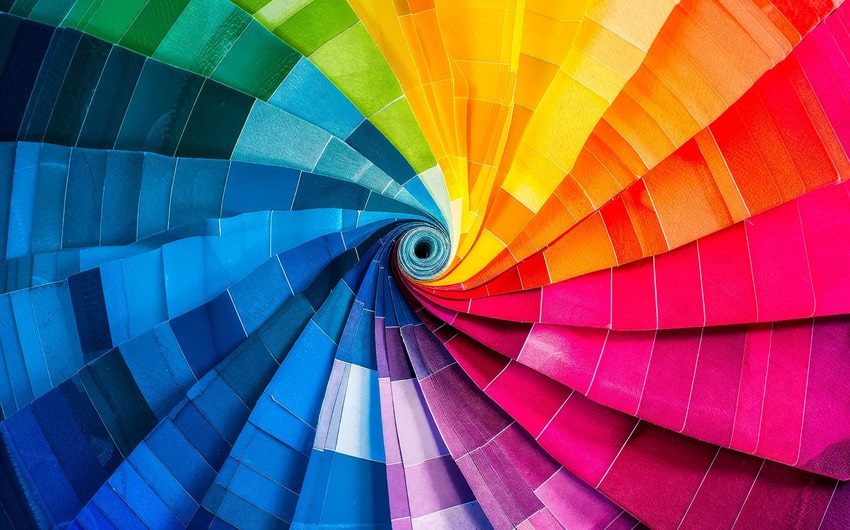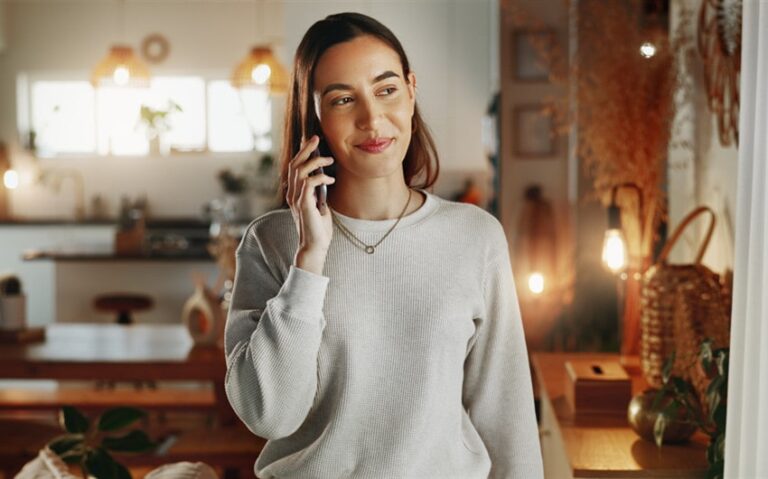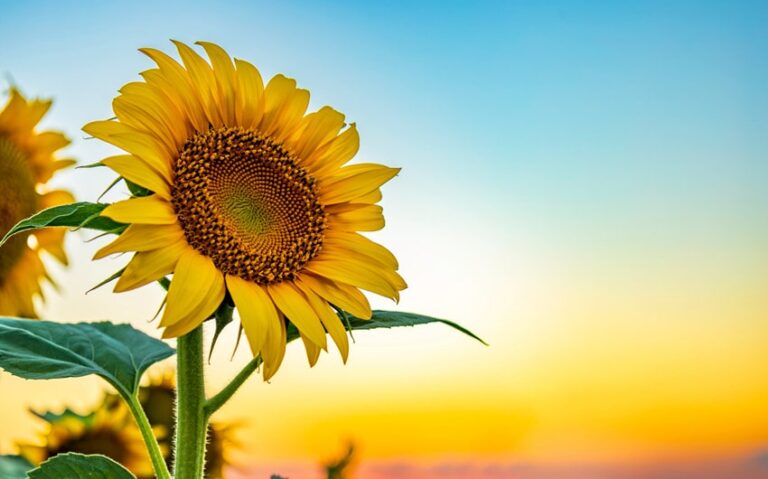What Colors Bring Happiness? A Deep Look Into the Shades That Uplift Your Spirit
Color is more than decoration—it’s emotion, memory, and energy. The colors you surround yourself with affect how you feel, often in ways you don’t even notice. That soft yellow sweater that makes you smile? Or that cozy green space that feels instantly calming? These are more than preferences—they’re emotional cues. So, what colors actually bring happiness? Let’s explore the psychology of color and discover how you can use happy hues to create more joy in your life.
The Psychology of Color and Emotion
Color psychology explores how different hues influence our emotions, behaviors, and mental states. While some reactions to color are cultural, many are biological and nearly universal. Warm colors like red, orange, and yellow tend to be energizing and stimulating. Cool colors like blue and green are typically calming and soothing. But it’s not just about general trends—it’s about context, personal experiences, and how colors are combined and used.
Studies have shown that certain colors can lower anxiety, increase focus, or boost energy. They can even affect your heart rate and appetite. When used intentionally, color becomes a tool to shift mood, encourage creativity, and support mental wellness. If happiness is something you want to nurture, color can become part of your daily emotional self-care toolkit.
Yellow: The Classic Color of Sunshine and Joy
Yellow is the most strongly associated color with happiness in many cultures. It’s the color of sunlight, laughter, and warmth. Psychologically, yellow stimulates the brain, boosts serotonin, and encourages a sense of optimism and playfulness. It’s often used in marketing and design to create a feeling of friendliness and approachability.
But not all yellows are created equal. Soft buttery tones can feel gentle and cozy, while bright lemony hues spark energy and alertness. In your home, try using yellow in moderation—accent pillows, artwork, or a cheerful kitchen wall. In your wardrobe, a yellow scarf or dress can lift your look (and mood). Too much yellow, especially in neon shades, can become overstimulating—so balance it with neutrals or soft blues for calm joy.
Orange: The Energy of Optimism and Social Warmth
Orange is a blend of red’s passion and yellow’s joy—making it one of the most emotionally stimulating colors. It’s often associated with enthusiasm, energy, and community. Orange encourages social interaction and creativity, making it a favorite for gatherings or shared spaces. It’s a “feel-good” color that energizes without overwhelming (when used thoughtfully).
Muted oranges—like terra cotta, apricot, or peach—are great for adding warmth to your home or wardrobe without the intensity of true red. Orange is especially powerful during fall or around celebrations, when feelings of gratitude and togetherness are front and center. If you want to infuse your life with more excitement and joy, orange is a beautiful ally.
Pink: Softness, Comfort, and Emotional Cheer
Pink is often associated with affection, care, and emotional openness. While traditionally considered a “feminine” color, pink is simply a symbol of kindness and calm. Lighter shades like blush and rose can soothe the nervous system, creating a sense of emotional safety. Brighter pinks like fuchsia or coral evoke youthfulness and fun.
Pink can bring happiness by reminding you of tenderness—whether in the form of self-love or shared love. A pink journal, cozy blanket, or even a fresh flower arrangement can become a soft ritual of joy. In décor, pink pairs beautifully with gray, navy, or green, balancing vibrancy with elegance. It’s not just playful—it’s deeply healing, too.
Blue: Calm, Contentment, and Clear Skies of the Mind
Blue is one of the most universally loved colors—and for good reason. It’s linked to tranquility, trust, and stability. Think of the sky, the ocean, or a quiet lake. Light blues are especially calming and are often used in bedrooms and wellness spaces to reduce anxiety and promote peace. Deeper blues like navy or indigo evoke wisdom and clarity.
Blue’s association with happiness isn’t about giddiness—it’s about the kind of joy that feels safe, steady, and grounded. It’s ideal when you want to invite stillness and focus. Use blue in meditation spaces, reading nooks, or anywhere you want your thoughts to breathe. When paired with warm colors, blue becomes a powerful balance for emotional harmony.
Green: Balance, Growth, and Emotional Renewal
Green is the color of nature—and with it comes a sense of renewal, harmony, and hope. It sits at the center of the color spectrum, which is why it’s often associated with emotional balance. Green lowers stress and enhances feelings of safety, making it one of the most healing colors you can bring into your space or wardrobe.
Soft sage, moss, mint, or emerald—every shade of green holds a different emotional note. Green encourages spaciousness. It refreshes your senses, clears mental clutter, and invites grounded joy. You might add green through houseplants, artwork, clothing, or even a walk in a leafy park. If you’re looking to reconnect with yourself or the natural world, green is your color of choice.
Red: Vibrancy, Passion, and Confidence (Used with Care)
Red is bold. It energizes the body, raises your heart rate, and sparks excitement. It’s the color of passion, courage, and strong emotion. While it’s not traditionally seen as a “happy” color, red can absolutely bring happiness—especially the kind linked to vitality, empowerment, and feeling fully alive.
Used in small doses, red can boost confidence and motivation. Think red lipstick, a red notebook for creative ideas, or red shoes that make you feel unstoppable. In large amounts, red can feel overwhelming—so pair it with cooler tones like white or gray for balance. When used intentionally, red is your reminder that happiness can be bold, powerful, and passionate.
Purple and Lavender: Creative Joy and Spiritual Lightness
Purple blends the stability of blue with the energy of red, creating a hue that’s both stimulating and calming. It’s often linked to creativity, intuition, and spiritual joy. Light purples like lavender or lilac bring softness and serenity. Rich purples suggest mystery and imaginative exploration.
Lavender, in particular, has been shown to reduce anxiety. Whether as a scent or a shade, it calms the nervous system and promotes inner peace. Add purple to meditation areas, creative studios, or bedrooms. It’s a color that supports reflection, gentle focus, and quiet contentment—the kind of happiness that feels like a deep exhale.
White and Pastels: Lightness, Freshness, and Hope
White represents clarity, openness, and simplicity. It creates visual space and emotional breath. While white alone can feel sterile, when combined with soft pastels, it evokes new beginnings and gentle joy. Pastel blues, pinks, peaches, and mint greens create an atmosphere of peace and positivity.
These shades are wonderful for moments when you’re craving lightness—after a long winter, during times of transition, or when you’re rebuilding after stress. Use them in linens, wall colors, stationery, or candles. They remind you that joy doesn’t always have to be loud. Sometimes, it’s soft, subtle, and whispering, “you’re okay now.”
Multicolor and Bright Patterns: Stimulating the Senses with Fun
Sometimes, happiness doesn’t come from a single color—but from the joyful collision of many. Bright, multicolored patterns—like in textiles, art, or even outfits—stimulate the senses and awaken childlike wonder. Bold combinations like yellow and teal, or pink and orange, remind you that joy can be playful and messy and full of life.
These color explosions are perfect for kitchens, creative spaces, and playful wardrobes. They uplift mood, spark creativity, and signal celebration. If you want a boost of happiness, sometimes the best move is to mix, match, and throw out the rules.
How to Use Happy Colors in Everyday Life
- At home: Use happy hues in accents like throw pillows, art, mugs, or candles. Don’t be afraid to paint a joyful wall or bring in colorful furniture.
- In your wardrobe: Add a bright scarf, fun earrings, or colorful shoes—even one pop of color can change your whole mood.
- In your workspace: Use colored pens, notebooks, or screensavers that inspire energy and clarity.
- In your rituals: Let your journal, yoga mat, or self-care items reflect colors that calm or energize you.
Colors That Drain Happiness: What to Use Sparingly
Just as some colors uplift, others may sap energy if overused. Dark grays, muddy browns, or excessive black can create heaviness or emotional fatigue—especially when paired with poor lighting or cluttered spaces. These colors aren’t “bad,” but they require balance. Pair them with warm wood, greenery, or a pop of color to avoid emotional flatness.
Neon shades, while exciting, can also cause overstimulation if used excessively. The key is not to eliminate any color entirely—but to ask: how does this make me feel? Your emotional responses matter more than any design rule. Listen to your mood. Let color support your spirit.
Final Thought
Happiness lives in color—in the way your heart lifts when the sun hits a yellow wall, or how peace fills you when you walk into a soft blue room. You don’t need a total makeover. Just one joyful shade can shift your space, your energy, and your day. Let color be your companion in creating the life you want. One brushstroke, one sweater, one happy hue at a time.






